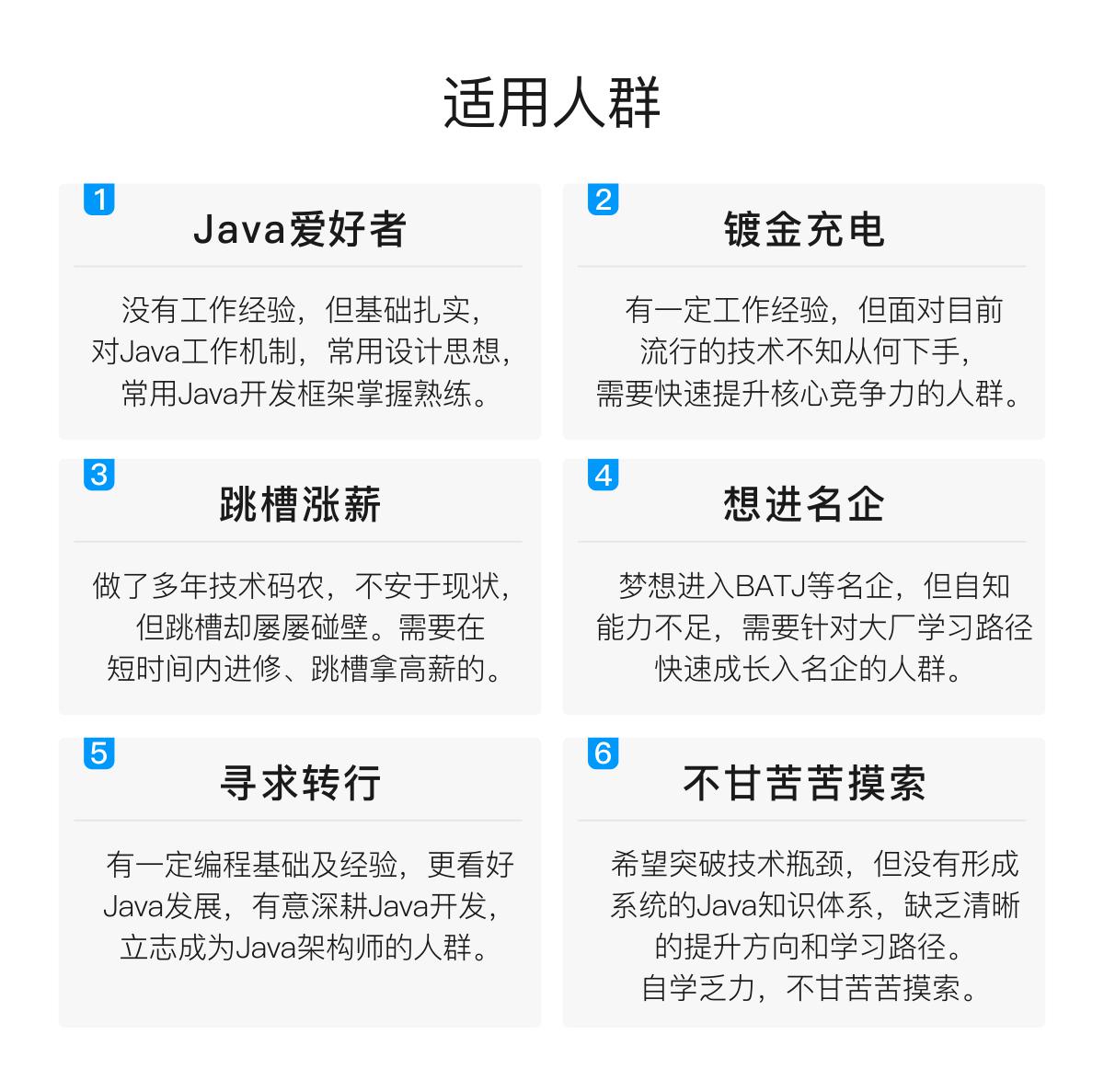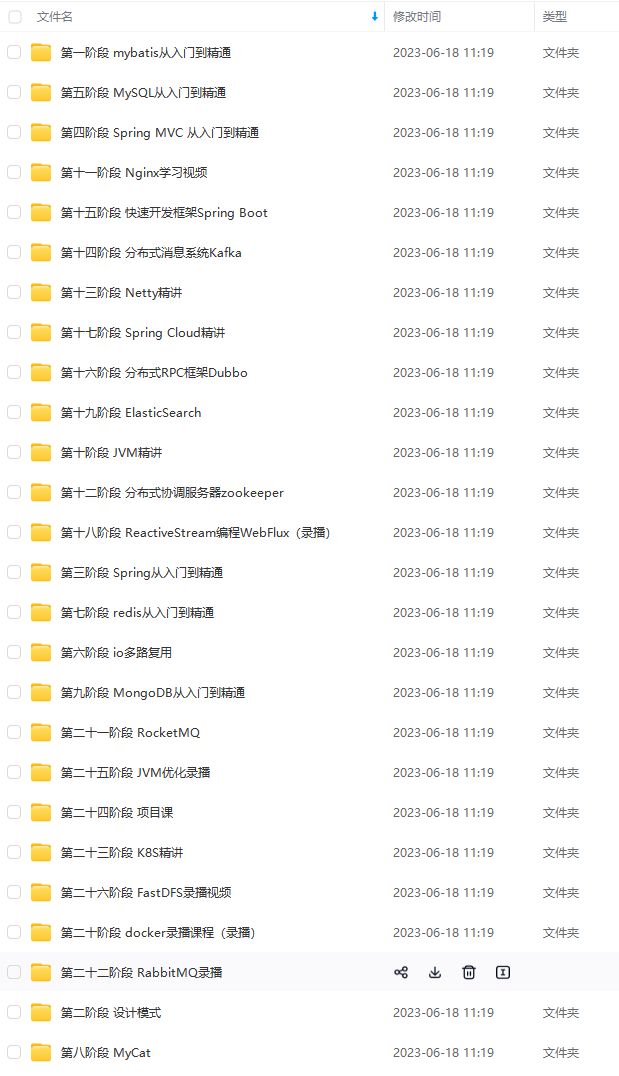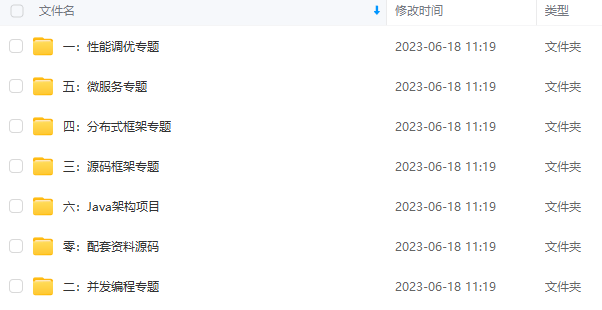@EnableAsync
public class SpringBootAsyncApplication {
public static void main(String[] args) {
SpringApplication.run(SpringBootAsyncApplication.class, args);
}
}
既然通过@EnableAsync注解可以开启异步功能,那么该注解就是我们探秘的入口
进入@EnableAsync注解,就会看到另一个熟悉的注解@Import,该注解的功能就是在程序中引入相关功能对应的配置类
@Import(AsyncConfigurationSelector.class)
public @interface EnableAsync {}
点开AsyncConfigurationSelector,可以看到此次引入的是ProxyAsyncConfiguration配置类
public String[] selectImports(AdviceMode adviceMode) {
switch (adviceMode) {
case PROXY:
return new String[] {ProxyAsyncConfiguration.class.getName()};
case ASPECTJ:
return new String[] {ASYNC_EXECUTION_ASPECT_CONFIGURATION_CLASS_NAME};
default:
return null;
}
}
进入ProxyAsyncConfiguration配置类
@Bean(name = TaskManagementConfigUtils.ASYNC_ANNOTATION_PROCESSOR_BEAN_NAME)
@Role(BeanDefinition.ROLE_INFRASTRUCTURE)
public AsyncAnnotationBeanPostProcessor asyncAdvisor() {
Assert.notNull(this.enableAsync, “@EnableAsync annotation metadata was not injected”);
AsyncAnnotationBeanPostProcessor bpp = new AsyncAnnotationBeanPostProcessor();
bpp.configure(this.executor, this.exceptionHandler);
Class<? extends Annotation> customAsyncAnnotation = this.enableAsync.getClass(“annotation”);
if (customAsyncAnnotation != AnnotationUtils.getDefaultValue(EnableAsync.class, “annotation”)) {
bpp.setAsyncAnnotationType(customAsyncAnnotation);
}
bpp.setProxyTargetClass(this.enableAsync.getBoolean(“proxyTargetClass”));
bpp.setOrder(this.enableAsync.getNumber(“order”));
return bpp;
}
可以看到ProxyAsyncConfiguration配置类中声明AsyncAnnotationBeanPostProcessor这样一个Bean,从字面意思也可以猜出该Bean应该就是异步处理的主角,接下来就来看看这个主角做了哪些工作
进入AsyncAnnotationBeanPostProcessor中,可以看到该类实现了BeanFactoryAware、BeanPostProcessor这两个与Bean生命周期息息相关的接口,由Bean的生命周期特性可以得知BeanFactoryAware接口的实现方法先于BeanPostProcessor接口的实现方法执行。
2.1.2 BeanFactoryAware实现
2.1.2.1 定义切面
@Override
public void setBeanFactory(BeanFactory beanFactory) {
super.setBeanFactory(beanFactory);
// 定义切面
AsyncAnnotationAdvisor advisor = new AsyncAnnotationAdvisor(this.executor, this.exceptionHandler);
if (this.asyncAnnotationType != null) {
advisor.setAsyncAnnotationType(this.asyncAnnotationType);
}
advisor.setBeanFactory(beanFactory);
this.advisor = advisor;
}
在setBeanFactory()实现方法中定义了切面对象,看到切面这两个字,相信你的脑海中会立马浮现出与之有关的两个概念:切点、通知
-
切点:用来声明切入的目标
-
通知:针对切入目标的相应处理
2.1.3 定义切点
Set<Class<? extends Annotation>> asyncAnnotationTypes = new LinkedHashSet<>(2);
asyncAnnotationTypes.add(Async.class);
try {
asyncAnnotationTypes.add((Class<? extends Annotation>)
ClassUtils.forName(“javax.ejb.Asynchronous”, AsyncAnnotationAdvisor.class.getClassLoader()));
}
catch (ClassNotFoundException ex) {
// If EJB 3.1 API not present, simply ignore.
}
protected Pointcut buildPointcut(Set<Class<? extends Annotation>> asyncAnnotationTypes) {
ComposablePointcut result = null;
for (Class<? extends Annotation> asyncAnnotationType : asyncAnnotationTypes) {
// 定义在类上标注@Async、@Asynchronous注解的切点
Pointcut cpc = new AnnotationMatchingPointcut(asyncAnnotationType, true);
// 定义在方法上标注@Async、@Asynchronous注解的切点
Pointcut mpc = new AnnotationMatchingPointcut(null, asyncAnnotationType, true);
if (result == null) {
result = new ComposablePointcut(cpc);
}
else {
result.union(cpc);
}
result = result.union(mpc);
}
return (result != null ? result : Pointcut.TRUE);
}
2.1.4 定义通知
protected Advice buildAdvice(
@Nullable Supplier executor, @Nullable Supplier exceptionHandler) {
// 定义通知
AnnotationAsyncExecutionInterceptor interceptor = new AnnotationAsyncExecutionInterceptor(null);
interceptor.configure(executor, exceptionHandler);
return interceptor;
}
通知就是最终要执行的,也是相当重要的一部分,既然很重要,那就需要我们来看看具体的实现
public Object invoke(final MethodInvocation invocation) throws Throwable {
Class<?> targetClass = (invocation.getThis() != null ? AopUtils.getTargetClass(invocation.getThis()) : null);
Method specificMethod = ClassUtils.getMostSpecificMethod(invocation.getMethod(), targetClass);
final Method userDeclaredMethod = BridgeMethodResolver.findBridgedMethod(specificMethod);
// 获取异步任务线程池
AsyncTaskExecutor executor = determineAsyncExecutor(userDeclaredMethod);
if (executor == null) {
throw new IllegalStateException(
“No executor specified and no default executor set on AsyncExecutionInterceptor either”);
}
// 定义Callable对象
Callable task = () -> {
try {
Object result = invocation.proceed();
if (result instanceof Future) {
return ((Future<?>) result).get();
}
}
…
return null;
};
return doSubmit(task, executor, invocation.getMethod().getReturnType());
}
protected Object doSubmit(Callable task, AsyncTaskExecutor executor, Class<?> returnType) {
// 异步任务的返回值类型是CompletableFuture
if (CompletableFuture.class.isAssignableFrom(returnType)) {
return CompletableFuture.supplyAsync(() -> {
try {
return task.call();
}
catch (Throwable ex) {
throw new CompletionException(ex);
}
}, executor);
}
// 异步任务的返回值类型是ListenableFuture
else if (ListenableFuture.class.isAssignableFrom(returnType)) {
return ((AsyncListenableTaskExecutor) executor).submitListenable(task);
}
// 异步任务的返回值类型是Future
else if (Future.class.isAssignableFrom(returnType)) {
return executor.submit(task);
}
// 否则交由线程池来处理,没有返回值
else {
executor.submit(task);
return null;
}
}
通知的具体实现如下:
-
第一步获取异步任务线程池,用来执行异步任务
-
使用Callable包裹目标方法
-
执行异步异步任务,根据不同的返回值类型做相应的处理
通过通知可以了解到异步任务最终实现的原理,你可能还有疑问,那就是如何告知通知来执行异步任务呢?
自我介绍一下,小编13年上海交大毕业,曾经在小公司待过,也去过华为、OPPO等大厂,18年进入阿里一直到现在。
深知大多数Java工程师,想要提升技能,往往是自己摸索成长或者是报班学习,但对于培训机构动则几千的学费,着实压力不小。自己不成体系的自学效果低效又漫长,而且极易碰到天花板技术停滞不前!
因此收集整理了一份《2024年Java开发全套学习资料》,初衷也很简单,就是希望能够帮助到想自学提升又不知道该从何学起的朋友,同时减轻大家的负担。


既有适合小白学习的零基础资料,也有适合3年以上经验的小伙伴深入学习提升的进阶课程,基本涵盖了95%以上Java开发知识点,真正体系化!
由于文件比较大,这里只是将部分目录截图出来,每个节点里面都包含大厂面经、学习笔记、源码讲义、实战项目、讲解视频,并且会持续更新!
如果你觉得这些内容对你有帮助,可以扫码获取!!(备注Java获取)

总结
机会是留给有准备的人,大家在求职之前应该要明确自己的态度,熟悉求职流程,做好充分的准备,把一些可预见的事情做好。
对于应届毕业生来说,校招更适合你们,因为绝大部分都不会有工作经验,企业也不会有工作经验的需求。同时,你也不需要伪造高大上的实战经验,以此让自己的简历能够脱颖而出,反倒会让面试官有所怀疑。
你在大学时期应该明确自己的发展方向,如果你在大一就确定你以后想成为Java工程师,那就不要花太多的时间去学习其他的技术语言,高数之类的,不如好好想着如何夯实Java基础。下图涵盖了应届生乃至转行过来的小白要学习的Java内容:
请转发本文支持一下


《互联网大厂面试真题解析、进阶开发核心学习笔记、全套讲解视频、实战项目源码讲义》点击传送门即可获取!
绝大部分都不会有工作经验,企业也不会有工作经验的需求。同时,你也不需要伪造高大上的实战经验,以此让自己的简历能够脱颖而出,反倒会让面试官有所怀疑。
你在大学时期应该明确自己的发展方向,如果你在大一就确定你以后想成为Java工程师,那就不要花太多的时间去学习其他的技术语言,高数之类的,不如好好想着如何夯实Java基础。下图涵盖了应届生乃至转行过来的小白要学习的Java内容:
请转发本文支持一下
[外链图片转存中…(img-VcKG73pm-1713692722270)]
[外链图片转存中…(img-ozodGk80-1713692722270)]
《互联网大厂面试真题解析、进阶开发核心学习笔记、全套讲解视频、实战项目源码讲义》点击传送门即可获取!






















 431
431

 被折叠的 条评论
为什么被折叠?
被折叠的 条评论
为什么被折叠?








